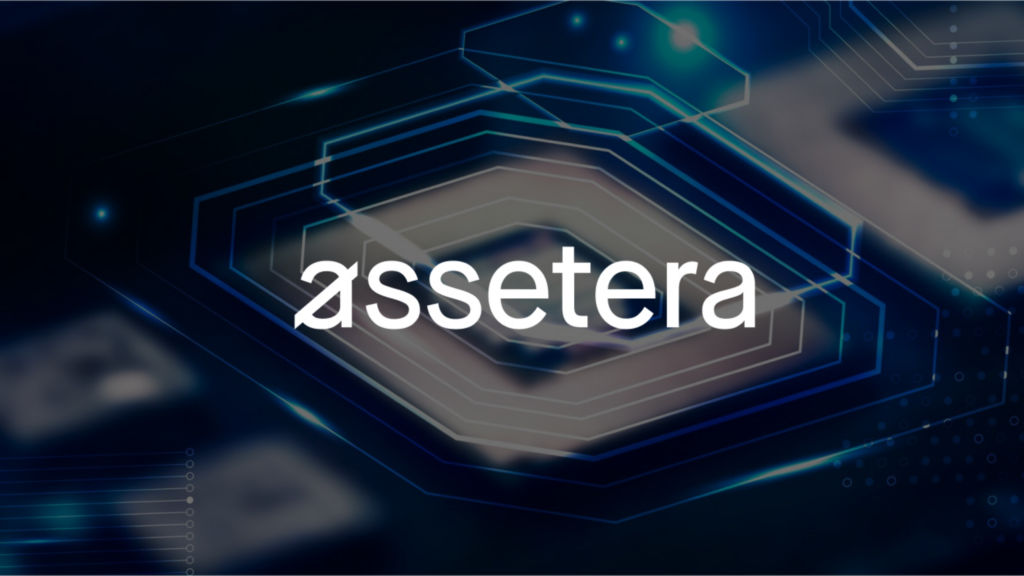Assetera, a blockchain-based funding and buying and selling agency, is making waves within the tokenized real-world asset (RWA) area by partnering with Polygon to launch the primary regulated market of its sort in Europe. This modern platform is designed to offer a safe, environment friendly, and totally digital setting for buying and selling tokenized securities, funds, and cash market devices, opening the door to a brand new period of finance.
Because the tokenization of real-world property continues to develop in recognition, Assetera is seizing the chance to supply each retail and institutional buyers entry to those cutting-edge monetary merchandise. Their partnership with Polygon, mixed with sturdy regulatory backing, places Assetera on the forefront of the tokenization motion, reworking the way in which property are traded within the European market.
One of many standout options of the Assetera market is its integration with Polygon, a number one Ethereum scaling community. This expertise will allow the platform to course of transactions shortly and at a decrease price, making it extremely environment friendly for dealing with the complexities of tokenized property. Stablecoins will likely be used for all buy, clearing, and settlement processes, making certain a steady and predictable buying and selling setting, which is very necessary within the often-volatile world of crypto and digital property.
Assetera is already regulated beneath the Markets in Monetary Devices Directive II (MiFID II), a key regulatory framework governing monetary markets within the European Union. This regulatory standing offers the corporate with a robust basis because it prepares for the upcoming Markets in Crypto Property (MiCA) laws. MiCA is predicted to create a unified regulatory framework throughout the EU, paving the way in which for Assetera to develop its providers all through the area and provide a compliant, safe market for tokenized property.

MiFID II offers a broad regulatory framework however doesn’t particularly outline monetary devices, leaving some areas open to interpretation. Earlier this 12 months, the European Securities and Markets Authority (ESMA) launched a consultative doc addressing this ambiguity. ESMA, alongside the European Banking Authority and the European Insurance coverage and Occupational Pensions Authority, is engaged on refining the classifications of crypto property to carry higher readability to the market.
Along with these regulatory developments, stablecoins have develop into a key focus space beneath MiCA, with new provisions taking impact not too long ago. These laws have reshuffled the market, proscribing non-compliant stablecoins and introducing new compliant alternate options, serving to to stabilize and develop the European marketplace for digital property.
The tokenization of real-world property is seen by many as the subsequent main frontier in finance. By representing conventional monetary merchandise like bonds, commodities, and securities on a blockchain, tokenization will increase liquidity, transparency, and accessibility for a wider vary of buyers. As this pattern beneficial properties momentum, projections for the expansion of the tokenized asset market are staggering, with some estimates suggesting it might attain $30 trillion by 2030.
Nonetheless, not everybody agrees with such optimistic projections. Jamie Coutts, chief crypto analyst at Actual Imaginative and prescient, gives a extra conservative estimate, predicting that the market might develop to $1.3 trillion by 2030. Coutts bases this prediction on the present compound annual development price (CAGR) of 121% for tokenized property, which, whereas spectacular, could not assist the extra bold projections circulating within the trade.
Even with Coutts’ cautious outlook, the potential for development on this market is simple. Different consultants echo this sentiment, noting that whereas tokenized property have had a gradual begin, their future development is predicted to speed up considerably. Main consulting corporations like McKinsey & Firm challenge that tokenized monetary property might develop to $2 trillion by 2030, whereas a report by the International Monetary Markets Affiliation (GFMA) and Boston Consulting Group estimates the worldwide worth of tokenized illiquid property might attain $16 trillion by the identical 12 months.
Massive monetary establishments are additionally starting to pay attention to this rising market. Goldman Sachs, for instance, plans to launch three new tokenization merchandise later this 12 months in response to rising consumer demand. This transfer highlights the rising curiosity from conventional finance in leveraging blockchain expertise and tokenization to supply new monetary services.
Projections for the scale of the tokenized asset market fluctuate, starting from $1.3 trillion to $16 trillion by 2030, however the consensus is obvious: tokenization is on the rise. Citigroup, in its personal evaluation, means that between $4 trillion and $5 trillion value of tokenized digital securities might be minted by 2030, demonstrating the immense potential of this area.
Assetera, with its technological partnership with Polygon and powerful regulatory positioning beneath MiFID II, is well-placed to capitalize on this rising market. Because the agency adapts to the forthcoming MiCA laws and continues to innovate within the tokenized asset area, it’s more likely to develop into a key participant in Europe’s monetary ecosystem. The mix of environment friendly, cost-effective transactions and a safe, regulated market makes Assetera a beautiful platform for buyers seeking to entry the advantages of tokenized real-world property.
As tokenization continues to reshape the way forward for finance, platforms like Assetera will play a significant function in bringing real-world property onto the blockchain, making them extra accessible and offering a extra environment friendly buying and selling setting for buyers.


